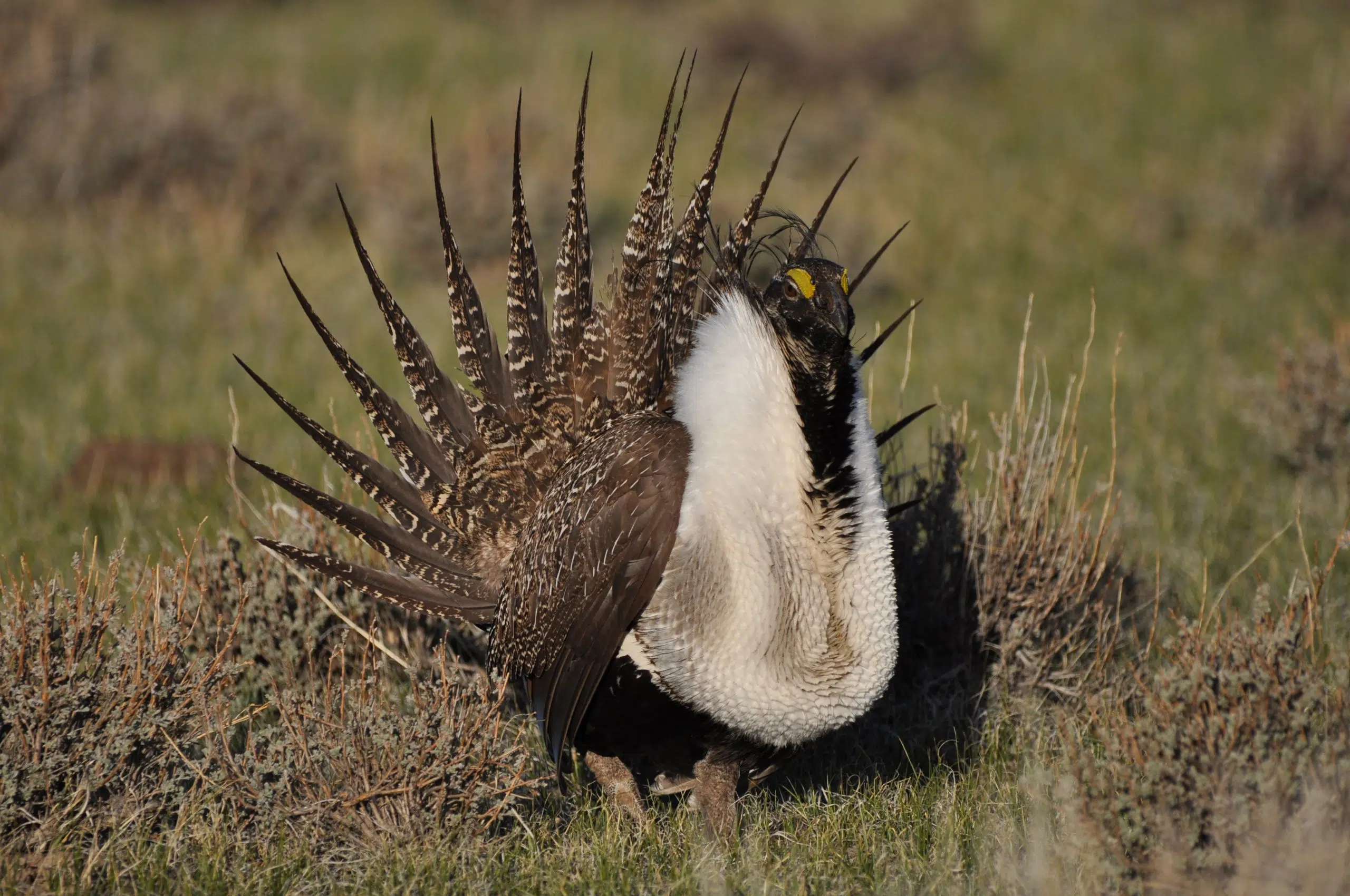Climate change keeps Peter Prebble awake at night and is jeopardizing the future of civilization, according to the Saskatchewan Environmental Society (SES) board member.
He’s calling on the provincial government to take urgent action to protect wildlife habitats in Saskatchewan following the release of the UN Biodiversity Report. The report says about one million plant and animal species worldwide are threatened with extinction.
“I think the report emphasizes the dangers that lie ahead if we don’t do a lot of work at the local level to protect our environment (and) restore ecosystems where they’ve been damaged,” said Prebble.
The SES is presenting the provincial government with three calls to action in response to the UN report. They are to expand protected areas in Saskatchewan, do more to protect and restore the province’s declining wetlands and significantly reduce greenhouse gas emissions.
“Our future as a human civilization depends on protecting the Earth and protecting the biodiversity of the Earth because we rely on nature for so much,” Prebble said.
Protected areas
The UN calls for 17 per cent of land area to be protected. Prebble said Saskatchewan has only protected nine per cent of its land, plus another 0.7 per cent protected in its two national parks, Grasslands National Park and Prince Albert National Park.
“One of my worries is that we’re not ensuring enough habitat for many of our threatened plants and animals in the province,” he said.
The SES points to the southern portions of the Great Sand Hills and the Saskatchewan River Delta as areas that deserve greater protection. Prebble explained the southern part of the Great Sand Hills remains unprotected, despite being internationally recognized as one of the largest remaining remnants of native grassland in Canada.
Wetlands
The UN report says 85 per cent of wetlands worldwide have been destroyed. In Saskatchewan, wetlands are being lost at a rate of 28 acres per day, according to the SES.
Prebble explained wetlands provide very important ecological services, including their high capacity to sequester carbon dioxide and their ability to help with flood control.
“You can see in southeastern Saskatchewan where we’ve lost a lot of wetlands in the last 20 years that, when we’ve had major rainfall events there in 2011 and again in 2014, the fact that many wetlands had been lost resulted in flooding being a lot more severe than it would have been if those wetlands had been there,” said Prebble.
Greenhouse gases
The SES is urging the provincial government to take greenhouse gas emission reduction more seriously and also calls for full co-operation with the federal government on the issue.
“I stay awake at night worrying about climate change on the planet,” Prebble said.
Prebble calls for Saskatchewan to do its share as Canada works to achieve its 2030 emission reduction obligations under the Paris Agreement. That would require Saskatchewan to reduce emission by 30 million tons per year over the next decade.
Endangered species
As habitats change due to human activities in Saskatchewan, it has threatened the livelihood of several species.
Dr. Chris Somers, a biology professor at the University of Regina, is concerned about the declining numbers of threatened animals, despite habitats being set aside for them, including areas like Grasslands National Park.
“The grassland area has been very heavily affected by conversion to agriculture since European settlement, and more recently we have lots of industrial development for oil and gas extraction,” said Somers.
The Committee on the Status of Endangered Wildlife in Canada (COSEWIC) lists 21 endangered, 30 threatened and 41 special concern species in Saskatchewan.
“The flagship species would be either the burrowing owl or the greater sage-grouse, both of which are iconic birds of the great plains and both of which are down to just a few handful of individuals in Saskatchewan,” Somers said.
But it’s not all doom and gloom in Saskatchewan. Somers was quick to point out there are areas in the province that are home to thriving wildlife.
“I think that in a place like Saskatchewan, we do have some areas where you can see fantastic wildlife and have really profound wilderness experiences. I don’t want to give the impression that we’re just a sea of cropland and nothing else,” he said.
Somers suggests the root of Saskatchewan’s conservation problem lies in the Provincial Wildlife Act. It was brought into effect in 1998 and has never been updated to reflect the federal perspective on species at risk in the province.
“It concerns me that we just don’t understand all the factors that contribute to making a species decline in number and ultimately be driven towards extinction,” said Somers. “My concern is that a lot of species will go extinct before we understand those factors and can react appropriately to stop them.”











